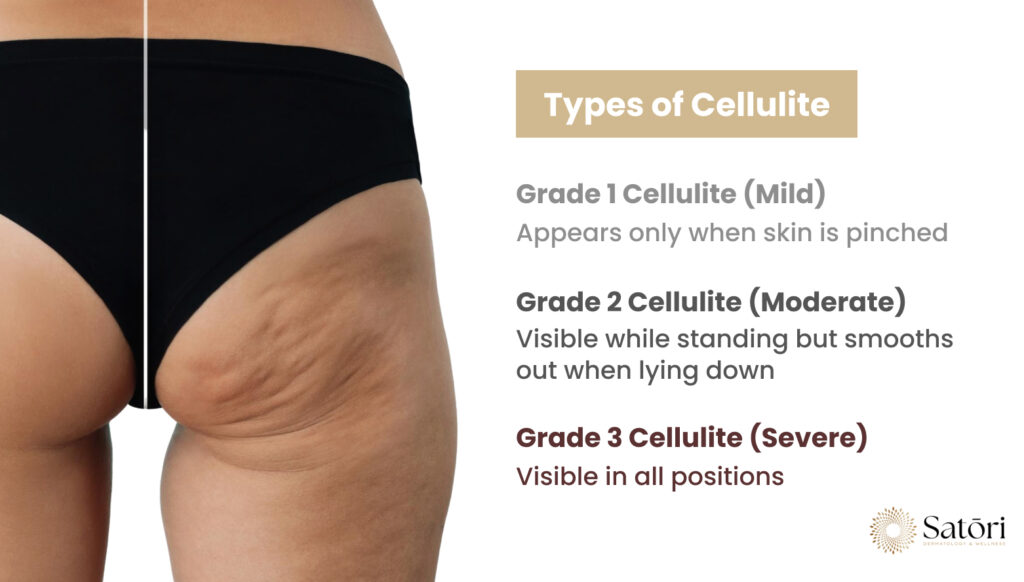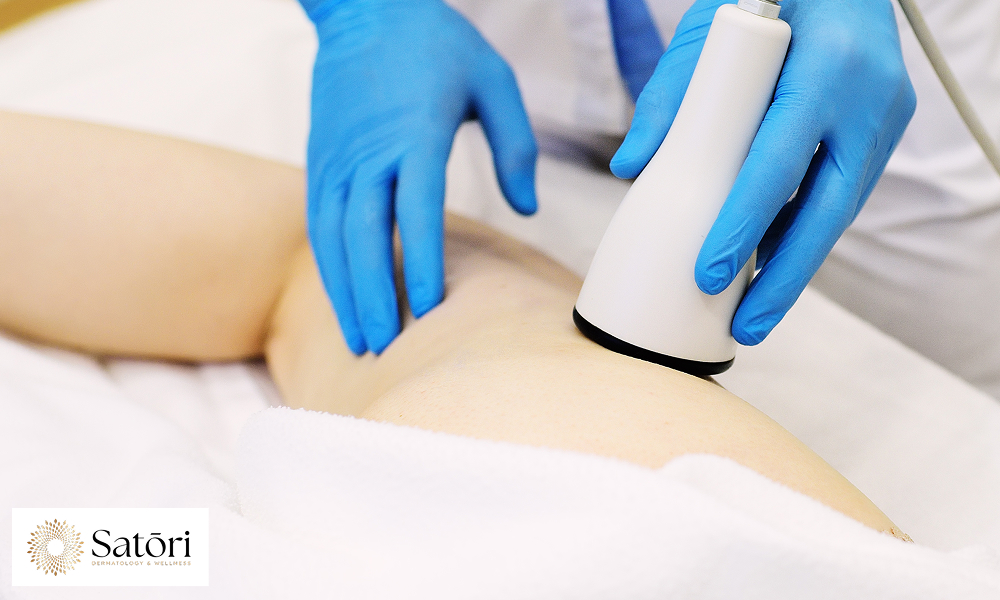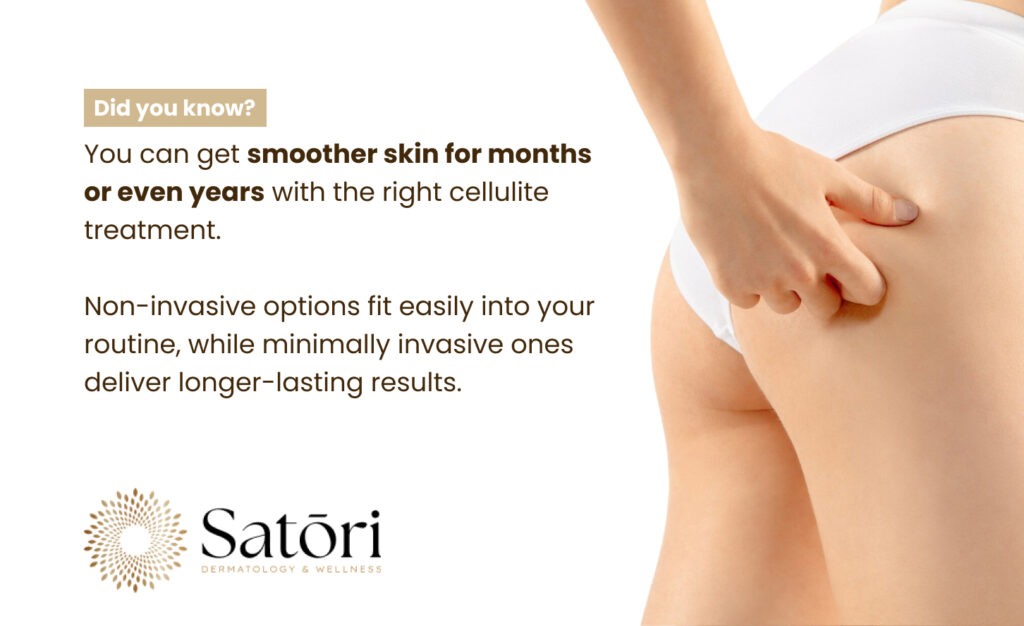If you’re reading this, chances are you’ve noticed some dimpling on your thighs or buttocks, and you’re wondering what your options are. First, let me tell you something important: you’re definitely not alone. Cellulite shows up in about 80% to 90% of women and plenty of men, too—it’s just part of being human. There’s absolutely nothing wrong with having cellulite, but I completely understand wanting to do something about it if it bothers you.
One of the most asked questions I hear in my practice is: “How long does cellulite treatment last?” I wish I could give you a simple answer, but honestly, it depends on quite a few things. What works amazingly for one person might be different for another. Let me walk you through what really affects how long your results will stick around and help you figure out what might work best for you.

Understanding Different Types of Cellulite
It’s helpful to understand what we’re actually dealing with. Not all cellulite looks the same, and knowing your type can really help us choose the best approach for you.
Grade 1 cellulite is the mildest form—you only see dimpling when you pinch or compress the skin. This type typically responds really well to most treatments and tends to show improvements faster.
Grade 2 cellulite is more noticeable and appears when you’re standing but smooths out when you lie down. This is probably the most common type I see in my practice, and it responds well to a combination of treatments.
Grade 3 cellulite is visible whether you’re standing or lying down, and the skin has a more pronounced “orange peel” texture. While this takes a bit more patience and often requires more intensive treatments, we can still achieve really meaningful improvements.

What Makes Your Results Last Longer (Or Not)
There are several things that play into how long your cellulite treatment will keep working, and understanding these can really help you know what to expect.
Your cellulite and skin type matter a lot. If you’ve got mild cellulite that only shows up when you pinch your skin, you’re probably going to see results faster, and they’ll likely last longer, too. But if your cellulite is more noticeable when you’re just standing around, it might take a bit more work to see changes. Your skin’s thickness, how bouncy it is, and your overall health all make a difference in how treatments work and how long they last.
The treatment you choose is important. Some treatments are gentler and need touch-ups more often, while others are more intensive but last way longer. The type of technology, how deep it goes, and how many sessions you do all affect how long you’ll be happy with your results.
Your lifestyle is actually a big deal. I know it might sound like typical doctor’s advice, but staying active really does help. Things like strength training and cardio keep your muscles toned and your blood flowing, which helps maintain your results. Drinking enough water, eating well, and keeping your weight steady all help too.
And finally, age and hormones play a part. Younger people with more elastic skin usually see results that last longer. And if you’re dealing with hormonal changes from pregnancy, menopause, or certain medications, that can affect how long your improvements stick around.

Your Treatment Options and What to Expect
Different treatments last different amounts of time, so you can pick what works with your schedule and what you’re hoping to achieve.
Non-invasive treatments are pretty convenient and don’t require any downtime. Radiofrequency treatments use heat to help your skin make more collagen and get tighter. They feel like a warm, relaxing massage, and the results usually last about 6-12 months. Most of my patients find these really easy to fit into their routine.
Laser therapy is another option that goes after fat cells while tightening your skin. You can expect results to last anywhere from 6-18 months, especially if you keep up with maintenance sessions. The treatment feels fine, and you can get back to your normal activities right away.
Acoustic wave therapy uses sound waves to boost circulation and break up those fibrous bands that create the dimpled look. This typically gives you about 6-12 months of smoother skin and works really well for mild to moderate cellulite.
Minimally invasive procedures usually give you more dramatic results that last longer. Subcision involves using a tiny needle to break up the bands that pull your skin down and create that bumpy appearance. It’s done with local anesthesia, and results can last 1-3 years.
Laser-assisted treatments combine subcision with laser energy and typically give you 1-2 years of better skin texture. You’ll need a little recovery time, but most patients think the longer-lasting results are worth it.
Topical treatments like professional creams and serums can help, but you need to keep using them to see any benefits. Once you stop, things usually go back to how they were within weeks or months.
How to Make Your Results Last as Long as Possible
There are definitely things you can do to help your results stick around longer and get the most out of your treatment.
- Keep up with maintenance sessions: Don’t wait until all your improvements disappear before coming back. Getting touch-ups every 6-12 months helps keep your skin looking smooth and often makes each treatment work even better.
- Stay active: I know, I know— it’s easier said than done. But regular exercise, especially stuff that targets the areas you’re treating, really helps maintain muscle tone and circulation. Both strength training and cardio make a difference.
- Use good skincare products: Professional products with ingredients like retinoids, caffeine, and peptides can help keep your skin firm and support collagen production between treatments.
- Keep your expectations realistic: Most people see about 25-75% improvement, and knowing that helps you stay happy with your results. We’re aiming to improve how your skin looks and boost your confidence, not create perfection.
- Stay in touch with your dermatologist: Regular check-ins help us monitor how you’re doing and figure out the best timing for maintenance treatments.
Ready to Take the Next Step?
How long cellulite treatment lasts really depends on you, what treatment you choose, and how you take care of yourself afterward. Non-invasive options usually give you 6-18 months of improvement, while minimally invasive procedures can last 1-3 years or even longer.
Remember, cellulite is totally normal, and deciding to treat it is completely up to you. We have safe, effective options available if you want smoother skin and more confidence. With the right treatment choice, realistic expectations, and some maintenance, lots of my patients enjoy long-lasting improvements.

